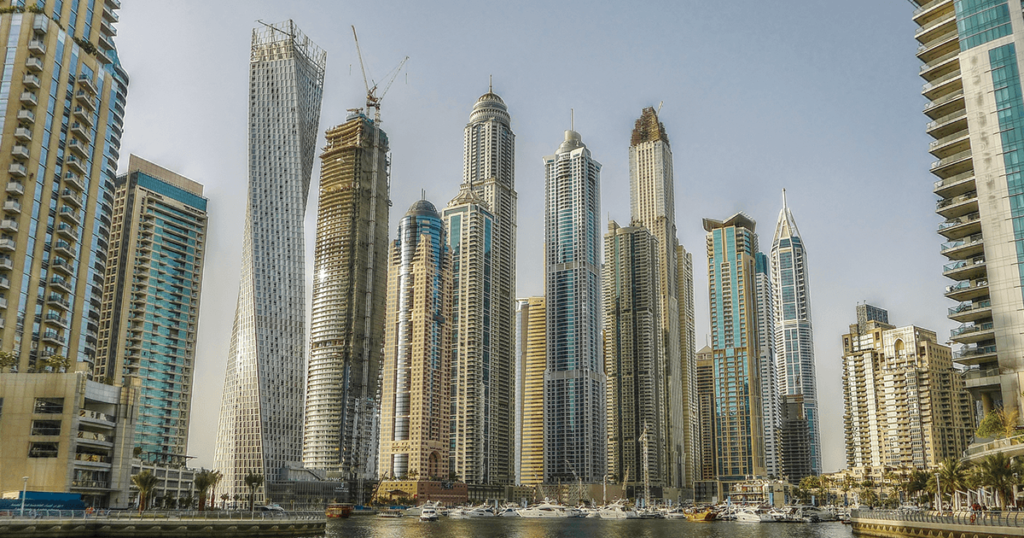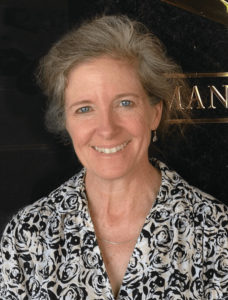
 Monica L. Smith, a professor of anthropology at UCLA, specializes in the history of cities with a focus on ancient urban development on the Indian subcontinent. She is the author of A Prehistory of Ordinary People and the forthcoming Cities: The First 6,000 Years. We asked her to pose five questions about the future of cities.
Monica L. Smith, a professor of anthropology at UCLA, specializes in the history of cities with a focus on ancient urban development on the Indian subcontinent. She is the author of A Prehistory of Ordinary People and the forthcoming Cities: The First 6,000 Years. We asked her to pose five questions about the future of cities.
1. Cities are efficient places to get anything we want, from employment and education to museums and sporting events. This economy of scale entices consumers with its variety but also rewards producers. The diversity and density of people in cities mean there’s almost always someone adventuresome enough to be the trendsetter who buys something avant-garde. And for every person who aspires to leave the city to raise goats or take up organic farming, there are 100,000 other people clamoring to move in. As cities continue to attract everyone from the down-and-out to the ultra-wealthy, will large numbers of people ever again want an alternative to sprawling urban spaces?
2. The architecture of cities is vertical: you have to look up to fully appreciate how modern construction has created a skyline that our ancestors never knew. New technology spurs new types of architecture for us, just as it did for the ancient Romans, whose adoption of concrete suddenly made multistory buildings feasible. Future cities will continue to grow upward, because vertical structures concentrate both people and services into a smaller ecological footprint (below, Dubai). Verticality also lets urban residents experience social spaces beyond the horizontal world of shops and sidewalks through the stacked worlds of elevators, terraces, and multi-story courtyards. No doubt the Romans would have envied our skyscrapers. What will surprise and delight us about the look of cities in the future?
3. In big cities across the globe, transportation and water delivery systems are on the brink of collapse, partly because of the increased number of consumers, but mostly because of deferred maintenance. We humans are not very good with incremental upkeep (think about the challenges we have with regular flossing). Although we grumble about rusty pipes or dilapidated subway cars, we are not eager to pay more taxes or increase fares to spruce things up. But the fact that we create infrastructure at all means that we’re capable of thinking on a big scale; we just have to acknowledge that the maintenance budget can be as big as—or bigger than—the budget for initial construction. How can we reframe our complaints about infrastructure into a celebration of caring for our cities?
4. Some of our most pressing concerns today are social justice issues that are encoded into city life: questions of fair housing, work, child care, and access to resources. Every vote for an affordable-housing project or a zoning resolution for mixed-use development makes a difference to real people, particularly those who provide essential support for our communities, like teachers, firefighters, and sanitation workers, as well as the private-sector employees working in food services and security. What can future city dwellers do to ensure an equitable home for all urban residents?
5. We don’t need to go back to the past; it’s already here with us. All the things we find positive about cities have been present from their beginnings: the liveliness of crowded public spaces, the development of new types of work and workplaces, and the sparkle of new (and sometimes weird) consumer goods. Not only that, but many cities also have rich archaeological and historical pasts that they proudly display as a demonstration of urban longevity. Think of the museums and cultural sites that are woven into the landscape of places like Mexico City, New Delhi, Rome, and probably every other city that you’ve ever lived in or visited. Cities reinvent themselves quickly and constantly. How will we assure ourselves that the best of the present will be preserved for the future?


